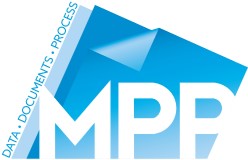What is the Difference Between MFP and MFD Printers?
In today's fast-paced digital world, choosing the right printing solution for your business is crucial. Many organisations often grapple with understanding the differences between various types of printers,...
